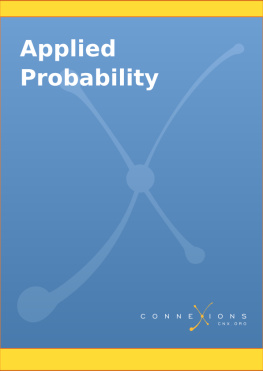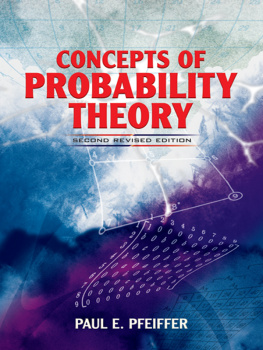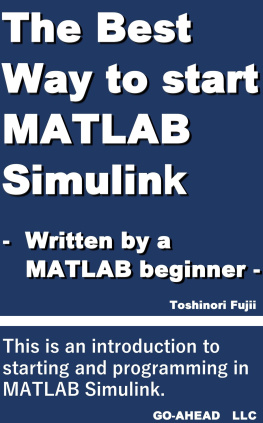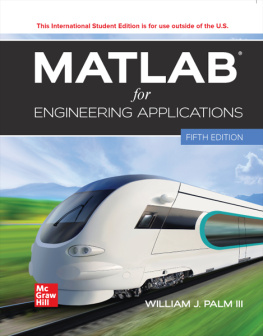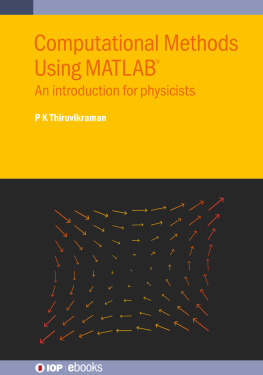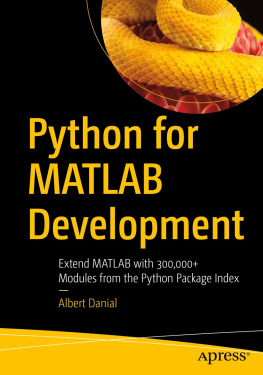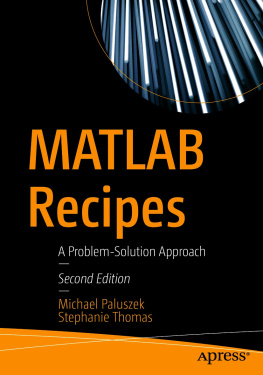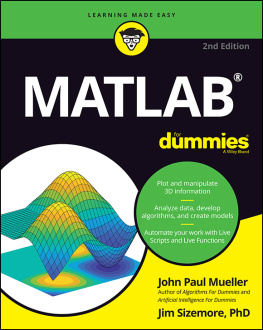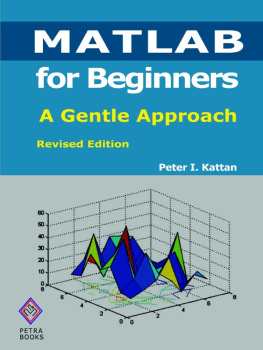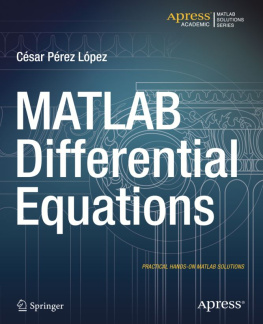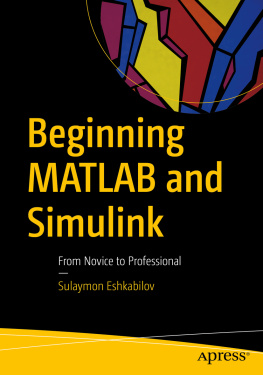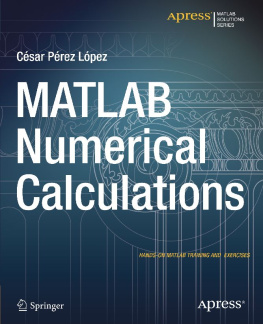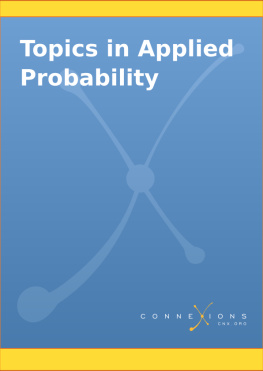Applied Probability
By: Paul Pfeiffer
Online:
This selection and arrangement of content as a collection is copyrighted by Paul Pfeiffer .
It is licensed under the Creative Commons Attribution License: http://creativecommons.org/licenses/by/3.0/
Collection structure revised: 2009/08/31
For copyright and attribution information for the modules contained in this collection, see the "" section at the end of the collection.
Preface to Pfeiffer Applied Probability
1. The course
This is a "first course" in the sense that it presumes no previous course in probability. The units aremodules taken from the unpublished text: Paul E. Pfeiffer, ELEMENTS OF APPLIED PROBABILITY,USING MATLAB. The units are numbered as they appear in the text, although of course they maybe used in any desired order. For those who wish to use the order of the text, an outline isprovided, with indication of which modules contain the material.
The mathematical prerequisites are ordinary calculus and the elements of matrix algebra. A few standard series and integrals are used, and double integrals are evaluated as iterated integrals. The reader who can evaluate simple integrals can learn quickly from the examples how to deal with the iterated integrals used in the theory of expectation and conditional expectation. provides a convenient compendium of mathematical facts used frequently in this work. And the symbolic toolbox, implementing MAPLE, may be used to evaluate integrals, if desired.
In addition to an introduction to the essential features of basic probability in terms of a precise mathematicalmodel, the work describes and employs user defined MATLAB procedures and functions (which werefer to as m-programs , or simply programs ) to solve many important problems in basic probability.This should make the work useful as a stand alone exposition as well as a supplement to any of severalcurrent textbooks.
Most of the programs developed here were written in earlier versions of MATLAB, but have beenrevised slightly to make them quite compatible with MATLAB 7. In a few cases, alternateimplementations are available in the Statistics Toolbox, but are implemented here directly from the basicMATLAB program, so that students need only that program (and the symbolic mathematics toolbox,if they desire its aid in evaluating integrals).
Since machine methods require precise formulation of problems in appropriate mathematical form, it is necessaryto provide some supplementary analytical material, principally the so-called minterm analysis . Thismaterial is not only important for computational purposes, but is also useful in displaying some ofthe structure of the relationships among events.
2. A probability model
Much of "real world" probabilistic thinking is an amalgam of intuitive, plausible reasoning and ofstatistical knowledge and insight. Mathematical probability attempts to to lend precision to suchprobability analysis by employing a suitable mathematical model , which embodies the centralunderlying principles and structure. A successful model serves as an aid (and sometimes corrective)to this type of thinking.
Certain concepts and patterns have emerged from experience and intuition. The mathematicalformulation (the mathematical model) which has most successfully captured these essential ideas is rootedin measure theory, and is known as the Kolmogorov model , after the brilliant Russianmathematician A.N. Kolmogorov (1903-1987).
One cannot prove that a model is correct . Only experience may show whether it is useful (andnot incorrect). The usefulness of the Kolmogorov model is establishedby examining its structure and showing that patterns of uncertainty and likelihood inany practical situation can be represented adequately. Developments, such as in this course, havegiven ample evidence of such usefulness.
The most fruitful approach is characterized by an interplay of
A formulation of the problem in precise terms of the model and careful mathematical analysisof the problem so formulated.
A grasp of the problem based on experience and insight. This underlies both problemformulation and interpretation of analytical results of the model. Often such insight suggestsapproaches to the analytical solution process.
3. MATLAB: A tool for learning
In this work, we make extensive use of MATLAB as an aid to analysis.I have tried to write the MATLAB programs in such a way that they constitute useful,ready-made tools for problem solving. Once the user understands the problems theyare designed to solve, the solution strategies used, and the manner in which thesestrategies are implemented, the collection of programs should provide a usefulresource.

